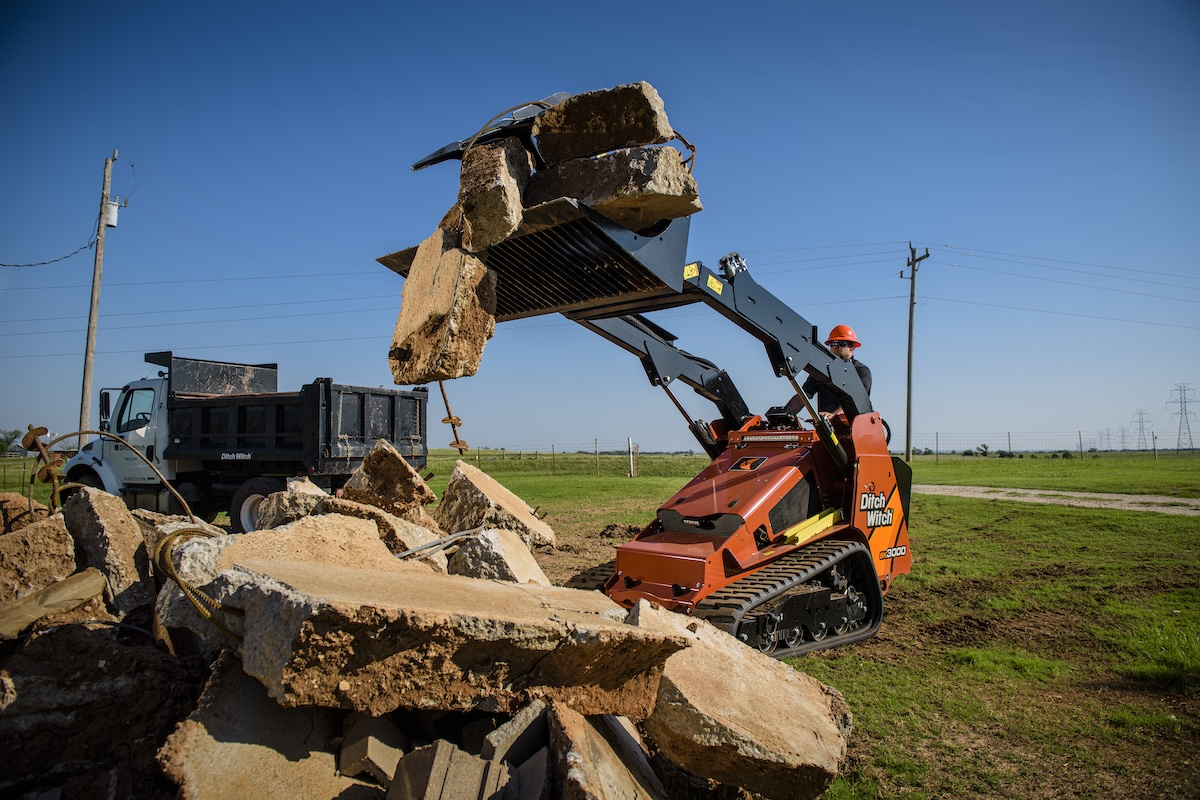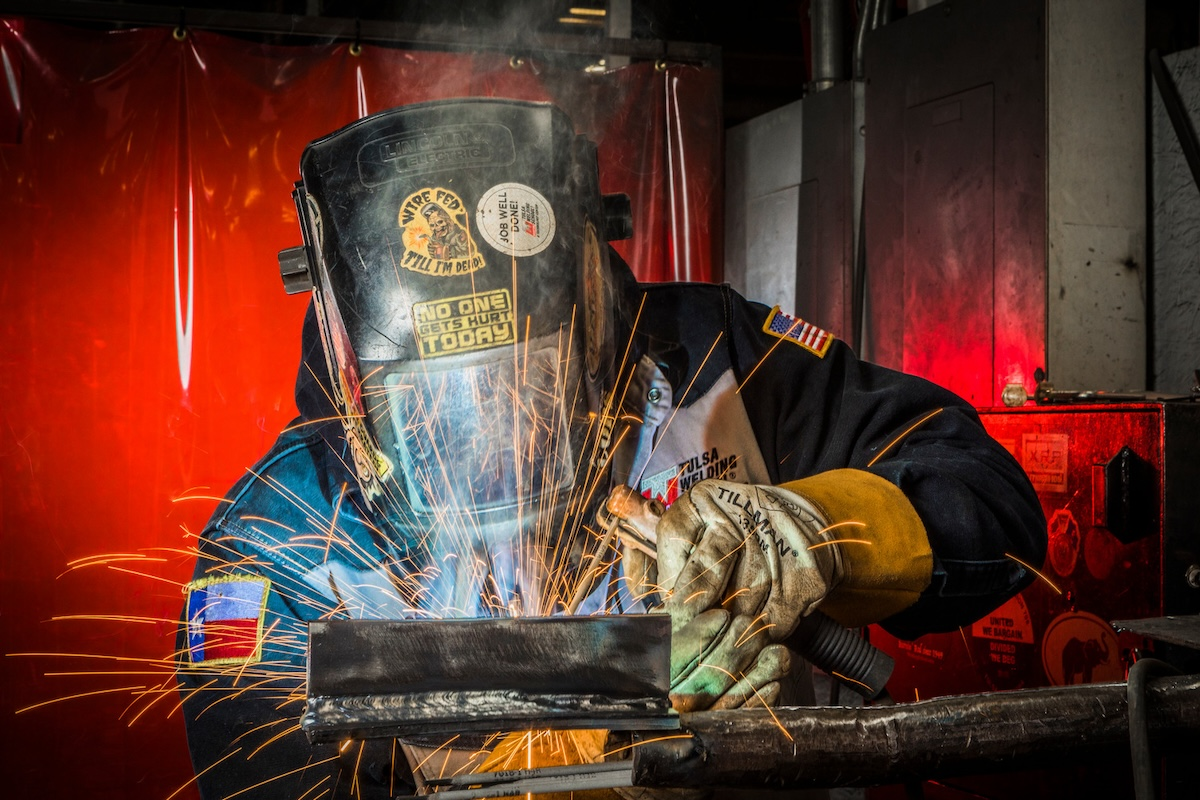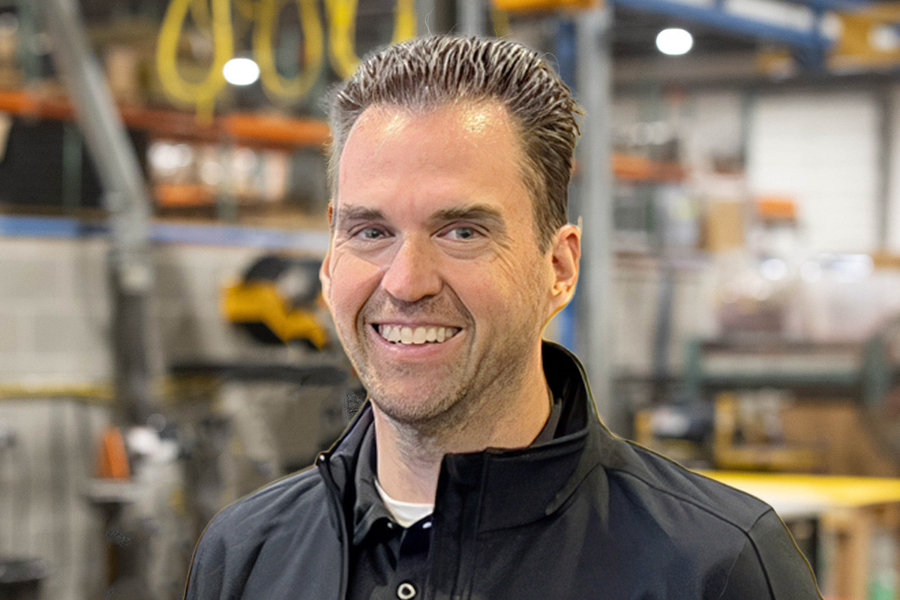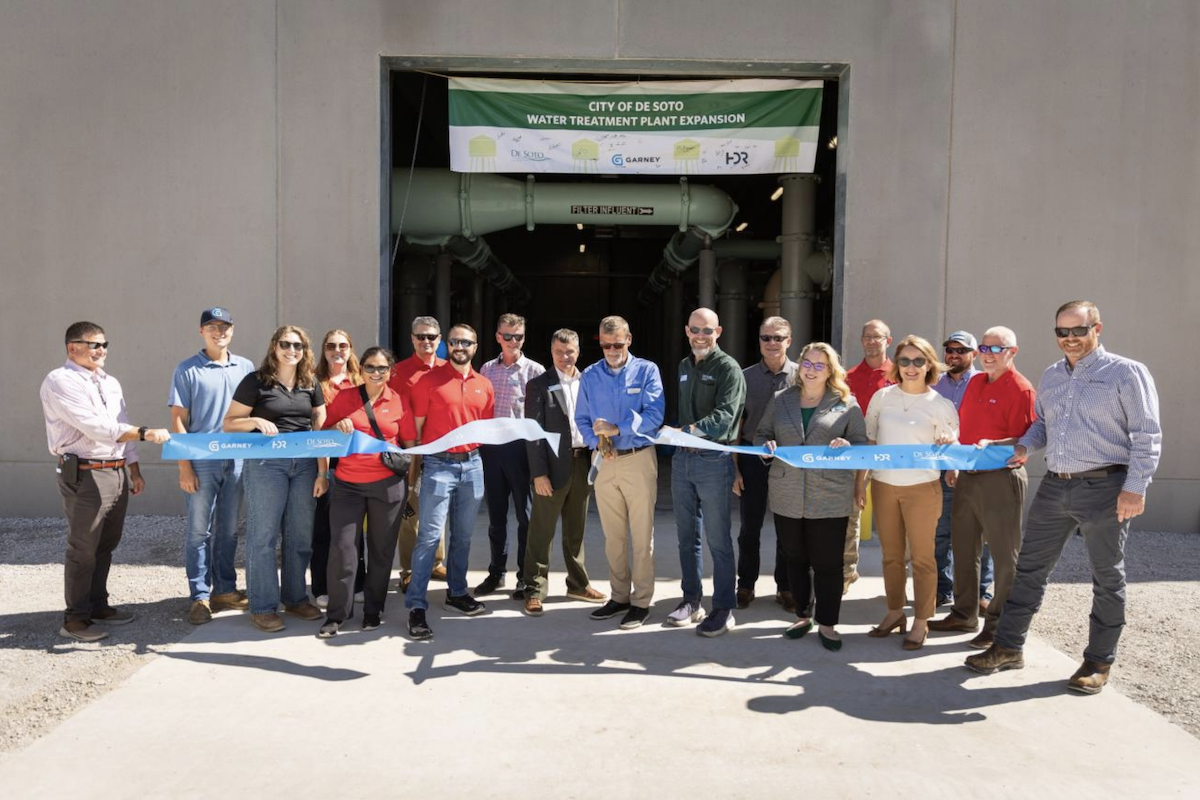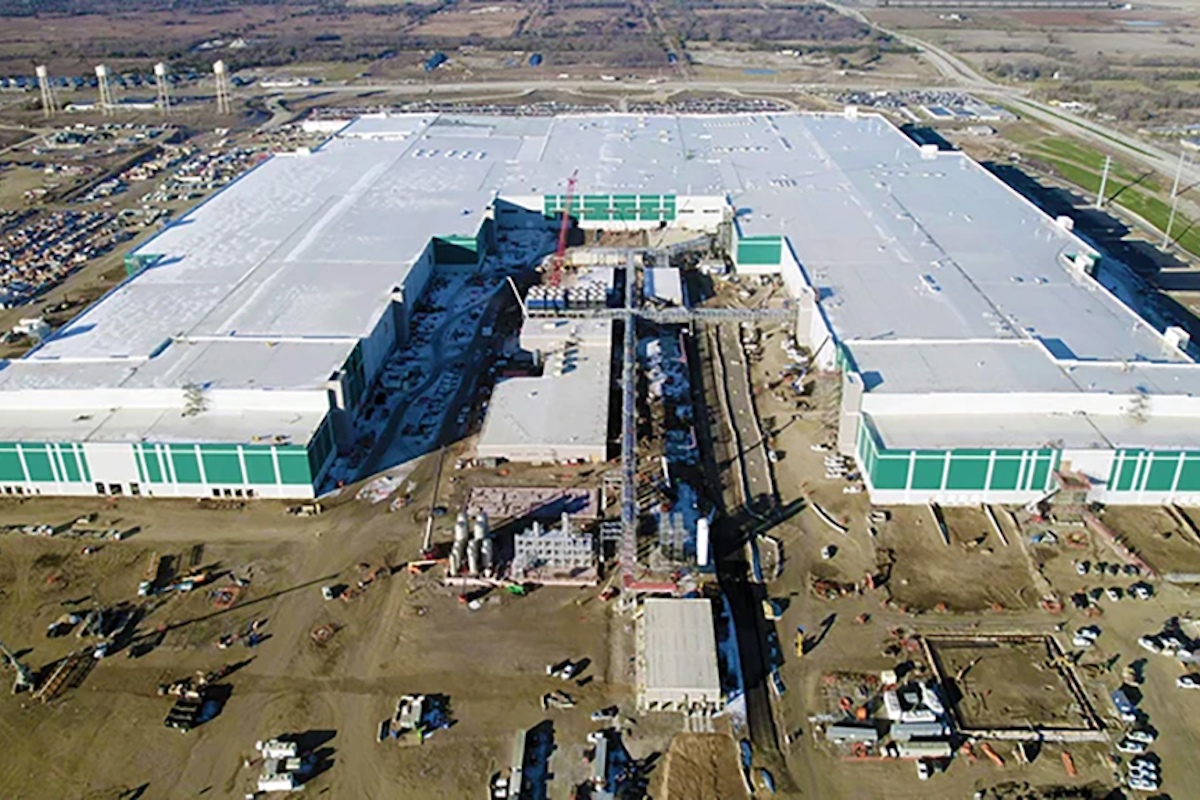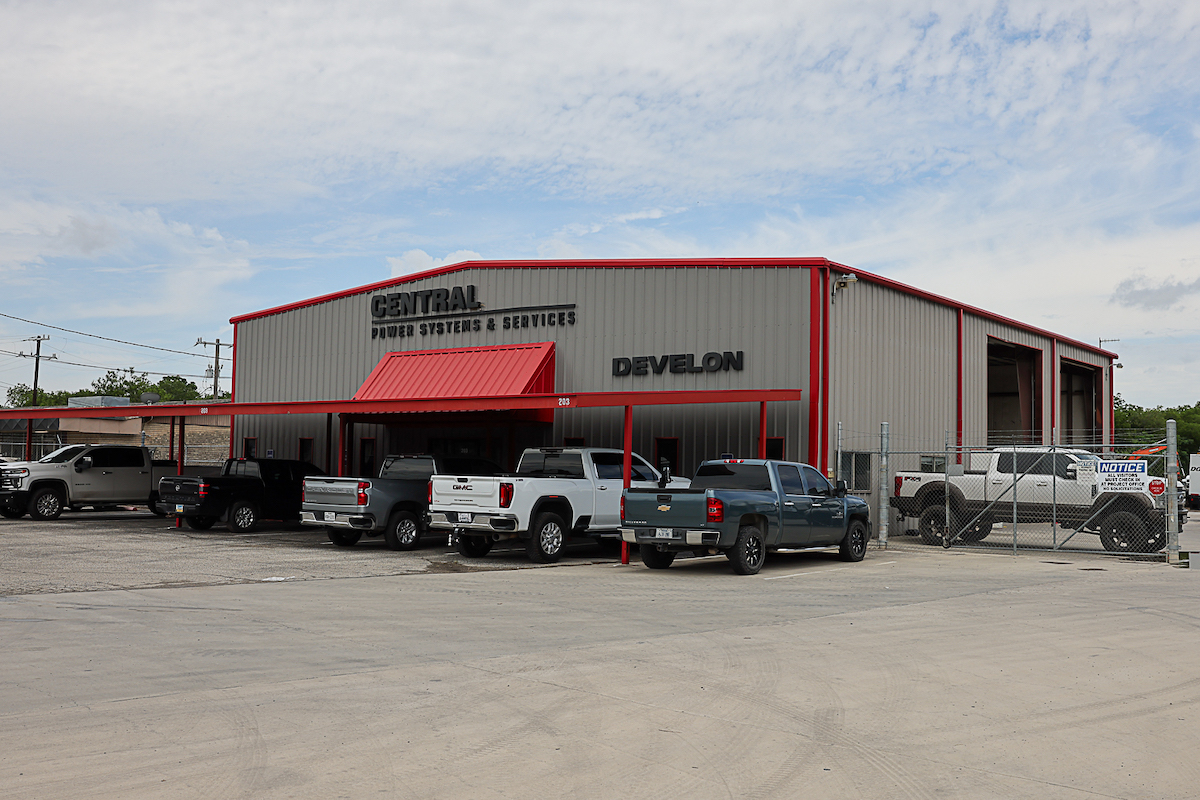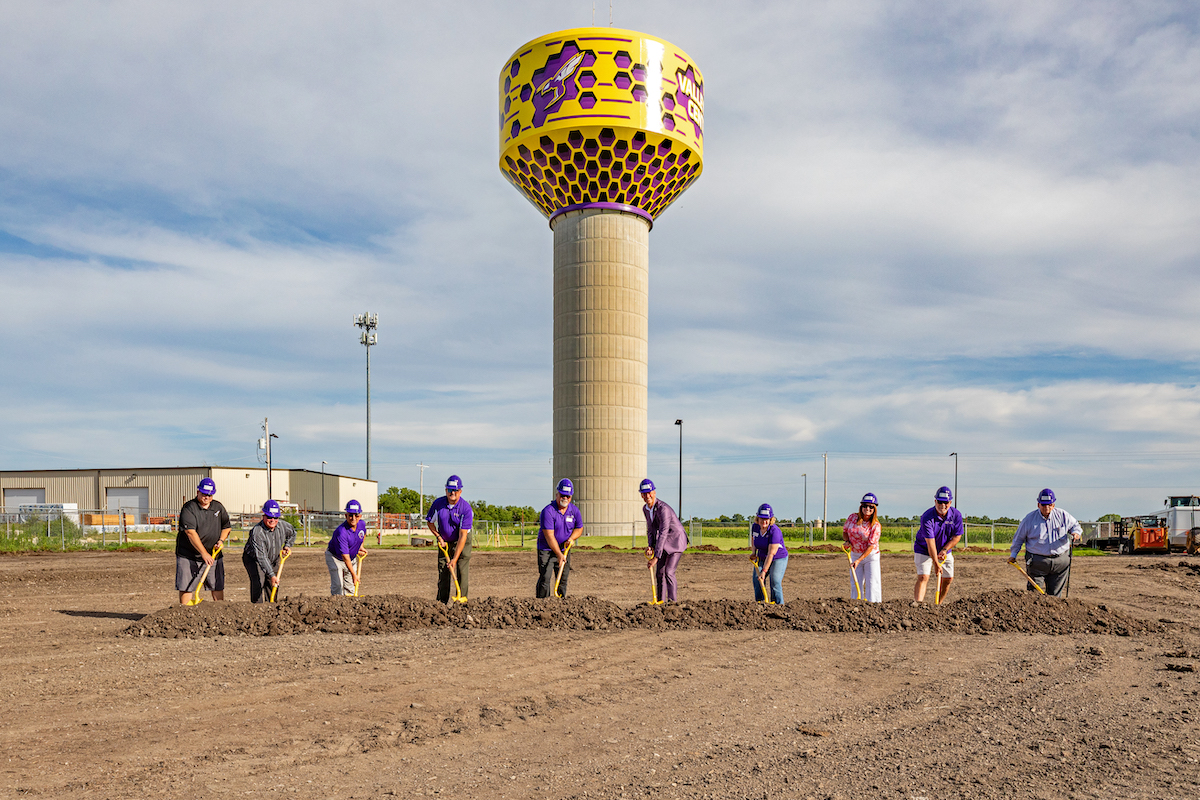In San Antonio, Texas, a massive project is currently underway to replace a 5-mile-long deteriorating and inadequate sanitary sewer pipeline known as the “W-6 Upper Segment” main. Part of the city’s 2013 agreement with the U.S. Environmental Protection Agency (EPA), the effort has been referred to as the largest and most complex sewer improvement project the San Antonio Water System (SAWS) has ever undertaken.
To meet the project’s size and scale, general contractor SAK Construction has subcontractors D Guerra Construction and G-Crete out of Austin, Texas, place the pipe and supply the concrete, respectively. Both have the same owner, which creates synergies between what each does.
G-Crete has employed an innovative and all-hands-on-deck approach to managing the supply of concrete, using volumetric mixing technology to keep the work on budget and ahead of schedule.
A subcontractor on the W-6 Upper Segment project, a significant portion of D Guerra’s work has involved tunneling and the installation of Hobas pipe into shafts measuring 143-inches in diameter and ranging from 33 to 143 feet in length. Shaft depth can also vary, with some taking as much as 4,000 yards of concrete.

| Your local Gomaco dealer |
|---|
| Fabick CAT/MO |
| Road Machinery and Supplies Company |
“The variation in material and installation needs, and how to meet them, have made the project both challenging and rewarding,” said Seth Bittick, Vice President of Operations for G-Crete. “Moving from smaller to larger shafts throughout the course of the project for supply concrete, we continue to refine and perfect new processes that allow us to progress efficiently while maintaining a high degree of quality and accuracy.”
Once a manhole is erected in the shaft and risers are put together, the void space between the outside of the manhole to the walls of the shaft is closed with flowable fill concrete. G-Crete employs a lay-flat system to avoid free-falling the concrete into the manholes and avoid segregation issues.
Bittick points to the flexibility, convenience and efficiencies created using G-Crete’s fleet of Cemen Tech C60 Volumetric Concrete Mixers as key to the team’s success.
Volumetric technology allows concrete to be batched, measured, mixed, and dispensed from a single unit. Sand, stone, cement powder, water, and additives are each kept in its own bin to be mixed on the jobsite. Operators can change or replicate mix designs and additives at any time with the touch of a button, with computerized calculations making the precise quantity of concrete needed, when it’s needed.
To complete work on the first of the W-6 Upper Segment project’s three shafts, G-Crete moved cementitious materials pneumatically using a blower. A butterfly valve at the bottom of the tank allowed material to pass into the lower pipe and then the hose, feeding dry concrete to the individual cement bins of two Cemen Tech C60 Volumetric Concrete Mixers at once.

| Your local Iowa Mold Tooling Co Inc dealer |
|---|
| Star Equipment LTD |
Throughout this process, concrete continued to pour from both mixers, resulting in 160 total yards of low-strength flow fill poured per day – or 80 yards per mixer per day. To reduce downtime, three trailers were pre-loaded and staged close to the pneumatic tank, allowing a full trailer to quickly replace an empty one, reducing downtime.
“The capability of Cemen Tech C60 Volumetric Mixers to collect dry material directly into the bins from a pneumatic tank allows us to move seamlessly through the process and achieve a continuous pour,” said Bittick. “And logistically, by having full trailers ready nearby to refill the pneumatic tank, we save valuable production time that would be lost if we had to wait for the tank to go the plant and back.”
For the two remaining larger shafts, G-Crete has a different but just as innovative process planned. Two Cemen Tech C60 Volumetric Concrete Mixers will once again be stationed at the jobsite, along with a storage pig – a horizontal silo tank with a blower attached that can hold up to 10 loads. From the storage pig, material will move directly into the volumetric concrete mixers. Tankers will resupply the storage pig throughout the day and night, keeping the process moving and allowing for a continuous pour 24 hours a day.
“Our volumetric concrete mixers are ready to pour roughly 60 yards an hour, with the goal of pouring 1,440 yards over the course of two 24-hour shifts daily without ever leaving the jobsite,” said Bittick. “We hope to knock out a 3,000-to-4,000-yard shaft in just a few days.”
For contractors like G-Crete, volumetric technology is about more than just what it adds to the W-6 Upper Segment project. It’s also about what it saves. For example, by mixing and pouring only what is needed, material, time and productivity waste commonly caused by overages, shortages and hot loads is reduced.

| Your local Leica Geosystems Inc dealer |
|---|
| Laser Specialist inc |
Another important consideration for business owners and contractors working in drought-riddled states like Texas is water use. For the parts to not get clogged and ruined with dried concrete, all trucks should be washed out at the end of every day. Traditional drum trucks use around eight times as much water to wash out, while volumetric trucks only need approximately 6 gallons. When added over time, the water savings are considerable.
“Staying not only within but below budget is important, especially when it comes to government-funded projects,” said Bittick. “With one volumetric mixer and one tanker, we can produce large amounts of concrete using fewer resources and do so very efficiently.”












